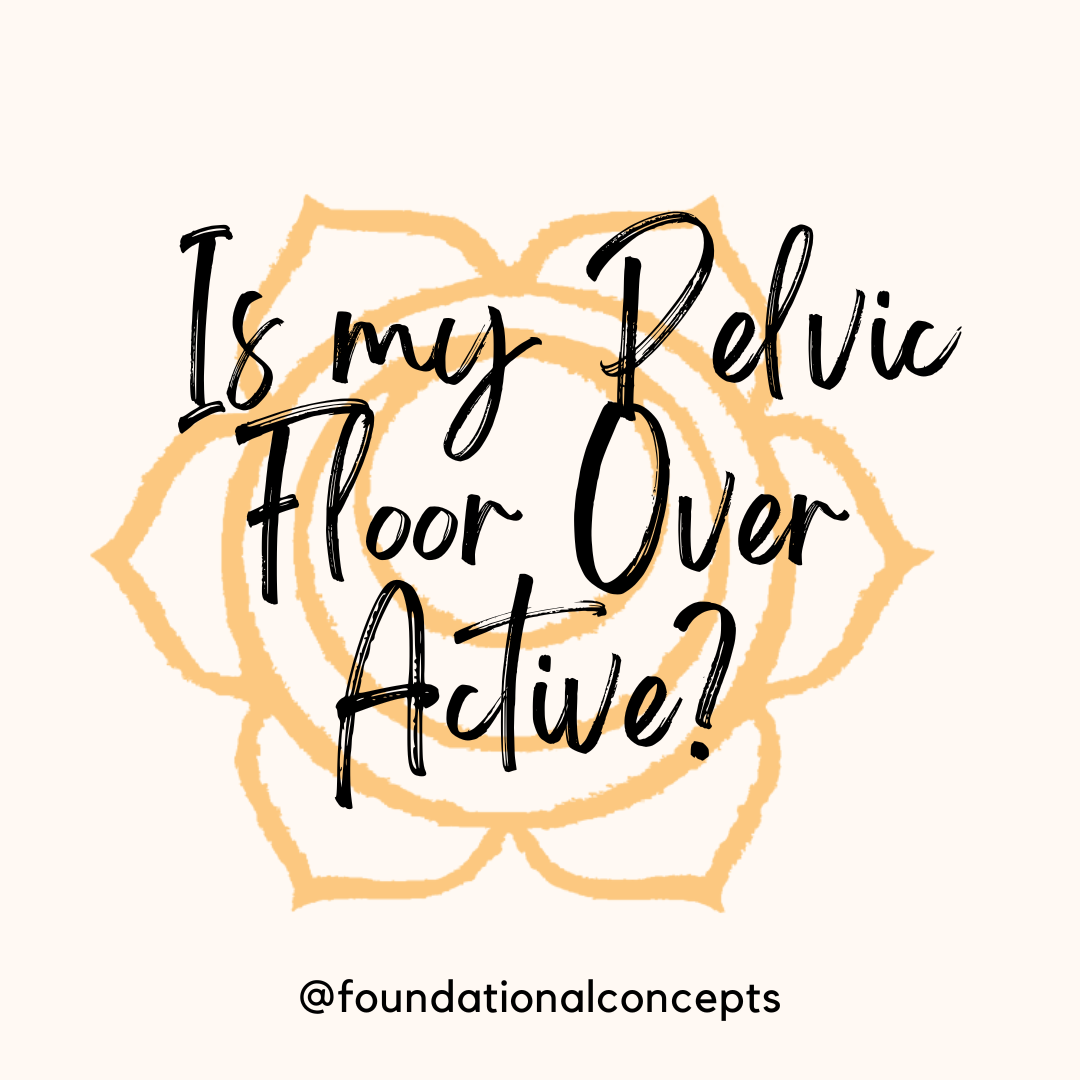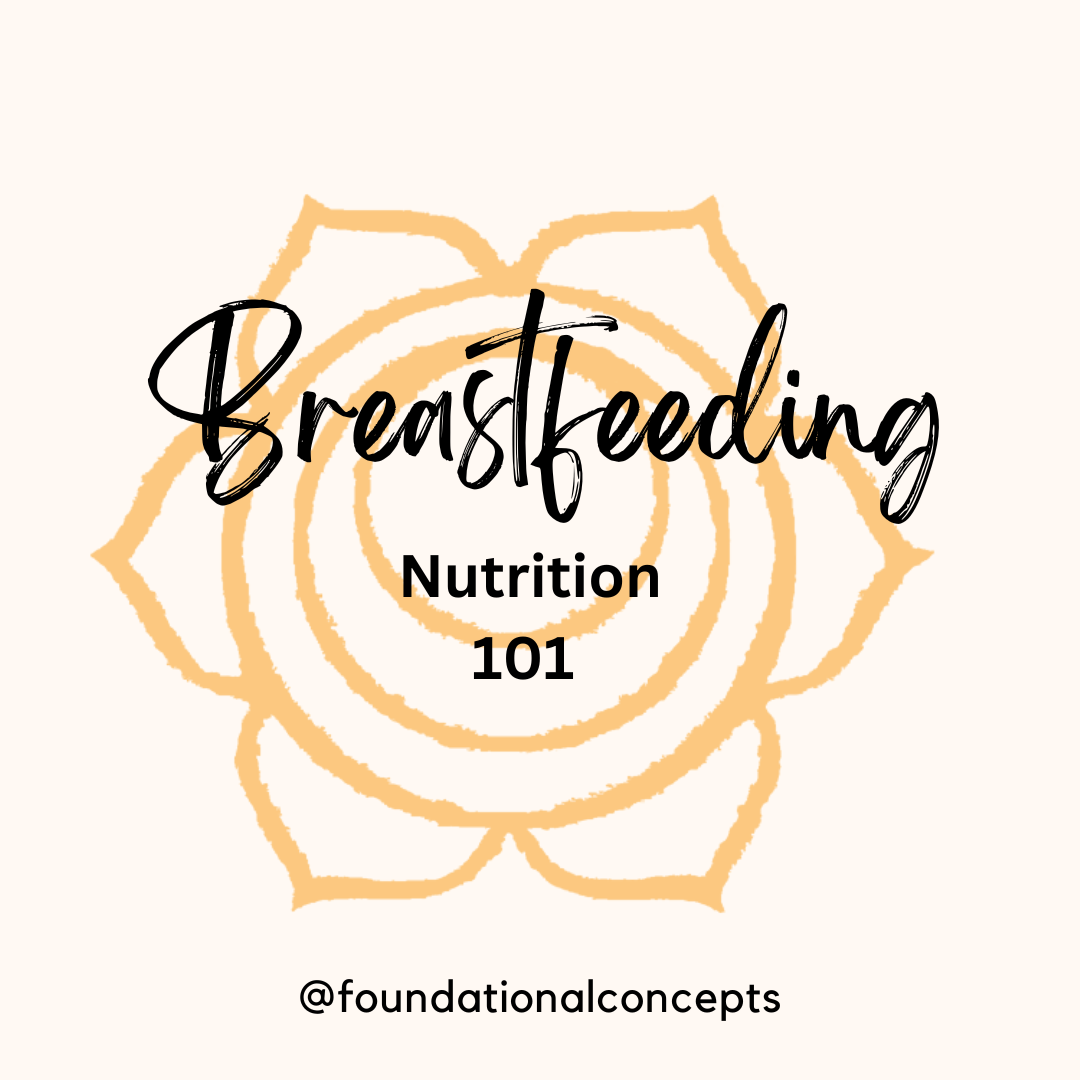Let’s Talk About Poop
If only poop was always so fun and entertaining. It seems that as we grow up, poop goes from being funny, to annoying, to downright concerning. Many people come into Foundational Concepts and have seen multiple physicians and have been given multiple tests. Often, the answer for a normal poop still isn’t in focus.
Which begs the question—what is normal and what is not? First of all, daily bowel movements are not a requirement! Anything from three times per day to three times per week is considered normal. That’s a big range. In order to have a normal stool, you shouldn’t have to strain, your face shouldn’t turn red, and you shouldn’t have any pain before, during, or after you poop. And when you finish, you should feel like you are done, not like there is something that hasn’t moved all the way out. Finally, looking at your stool, it should look like #3 or #4 on the Bristol Stool Scale. If yours is looking like #1 or #2, you are probably trending towards constipation.
If diet and water intake are good and you are still experiencing issues, then we need to look at what else is going on. From a physical therapy point of view, we look at the muscle of the pelvic floor. By doing this, we can see and feel if your muscles are relaxing when you try to bear down or if they are tightening up—called paradoxical relaxation or a dyssynergic pelvic floor. We commonly see this with our patients with long term constipation. With proper training for relaxation and elongation of the pelvic floor muscles, you can decrease pain with bowel movements and improve the quality and emptying of your rectum.
Poop is an interesting topic, not just for 5 year old boys! Your poop can tell you and your health care providers many things about your health. If you have any concerns about your frequency or consistency or if you are having pain before, during, or after your bowel movements, make sure that you visit with your health care provider.






This Post Has 0 Comments